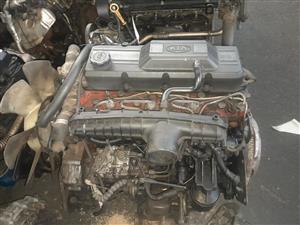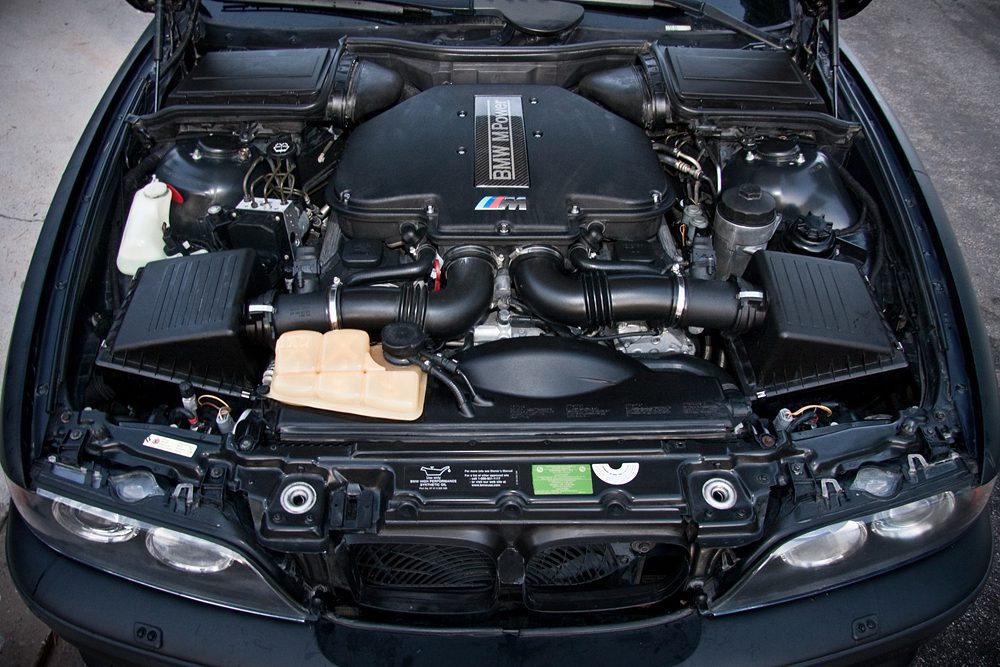Opel Corsa Engine: Common Issues and How to Take care of Them
Opel Corsa Engine: Common Issues and How to Take care of Them
Blog Article
Exploring the Inner Workings of a Compact Car's Engine System
As motorists, we often consider granted the elaborate procedures that take place within the confines of our vehicle's engine system. The small yet complicated machinery that drives us ahead is a marvel of design precision and control. From the controlled surges in the combustion chamber to the thorough timing of gas injection, every component plays a vital role in the smooth procedure of the engine. In this exploration of a small lorry's engine system, we will decipher the inner operations of this mechanical harmony, clarifying the secrets that drive us onward on our everyday trips.
Combustion Process Overview
The burning process in a portable lorry's engine system is a crucial mechanism that successfully transforms fuel right into power to power the vehicle. This procedure occurs within the combustion chamber of the engine, where gas and air mix, stir up, and generate controlled explosions. The burning procedure contains four primary stages: intake, exhaust, power, and compression.
Throughout the consumption stage, the piston moves downward, attracting in a mixture of air and fuel into the burning chamber. The next phase, compression, involves the piston relocating up, pressing the air-fuel mixture to increase its effectiveness. Subsequently, in the power stage, the spark plug fires up the pressed mixture, leading to a quick growth of gases that compels the piston back down. This descending movement creates the power required to drive the vehicle. Finally, in the exhaust phase, the burned gases are gotten rid of from the combustion chamber via the exhaust valve, preparing the chamber for the following cycle. This cyclic combustion procedure is fundamental to the procedure of a small automobile's engine system, guaranteeing effective energy conversion for propulsion.
Piston and Cyndrical Tube Communication

The piston's exact fit within the cylinder is important for preserving optimum compression and protecting against energy loss during burning. Limited clearances in between the piston and cyndrical tube wall surfaces ensure efficient sealing, allowing the piston to move efficiently without enabling gases to leak past. Proper lubrication is also essential to reduce friction and use between these elements, improving durability and efficiency.
Additionally, the design and products used in manufacturing the piston and cylinder influence engine effectiveness and longevity. Modern engines typically use lightweight yet durable materials like aluminum alloys for pistons and cyndrical tube liners to lower inertia and enhance thermal effectiveness. Overall, the unified communication in between the piston and cyndrical tube is fundamental to the engine's capability and total efficiency.
Gas Shot System Functionality
Fuel shot systems in portable car engines play an important duty in exactly providing fuel to the burning chamber for regulated and efficient ignition. The gas injection system operates by infusing gas into the combustion chamber at the optimal moment throughout the engine's procedure (opel corsa engine). This precise timing ensures that the gas blends uniformly with the air for correct combustion, causing enhanced fuel performance and reduced exhausts
There are mostly 2 sorts of fuel injection systems made use of in small car engines: port fuel shot (PFI) and direct gas shot (DFI) PFI systems inject fuel right into the consumption port prior to the consumption valve, while DFI systems inject fuel straight right into the combustion chamber. Both systems have their advantages, with DFI using better fuel atomization and PFI offering an extra affordable option.
Understanding Engine Cooling Devices
Efficient operation of a small lorry's engine counts heavily on the efficiency of its cooling mechanisms. Engine cooling is necessary to prevent getting too hot, which can cause major damage and reduced efficiency. The air conditioning system in a compact car commonly is composed of numerous components functioning with each other to regulate the engine temperature level. One critical component is the radiator, which utilizes coolant to soak up warm from the engine. As the hot coolant streams via the radiator, it launches heat into the air, cooling off before going back to the engine. The water pump flows the you can look here coolant via the engine and radiator, guaranteeing a constant flow to control temperature level. In addition, the thermostat assists control the coolant flow to preserve ideal engine temperature. Some automobiles likewise have cooling followers that activate when additional air conditioning is required, such as throughout rush hour or warm climate. Recognizing these engine cooling devices is important for preserving the performance and durability of a portable lorry's engine system.

Exhaust System Parts Explained
The ideal functioning of a compact lorry's engine air conditioning devices relies on a complementary system called the exhaust system, which makes up different vital elements for guaranteeing efficient exhausts and engine performance. The exhaust system includes components such as the exhaust manifold, catalytic converter, muffler, and tailpipe. The exhaust manifold gathers exhaust gases from the engine's paths and cylinders them to the catalytic converter. The catalytic converter then converts unsafe contaminants in the exhaust right into less harmful discharges prior to releasing them through the muffler and tailpipe.
One vital component of the exhaust system is the oxygen sensing unit, which keeps track of the oxygen degrees in the exhaust gases to help manage gas intake and make certain optimum engine efficiency. opel corsa engine. Furthermore, the resonator might exist in some exhaust systems to minimize sound levels. On the whole, the exhaust system plays a crucial role in preserving engine efficiency, minimizing hazardous exhausts, and ensuring a quieter driving experience for small automobile proprietors

Conclusion
To conclude, the small vehicle's engine system is an intricate mix of parts that interact check that to facilitate the combustion procedure, convert fuel right into power, and expel waste gases. Comprehending the inner operations of the engine system, consisting of the piston and cylinder interaction, gas injection system, engine air conditioning devices, and exhaust system elements, is critical for preserving ideal efficiency and effectiveness of the car.
The burning process in a small lorry's engine system is an important mechanism that effectively transforms gas right into energy to power the automobile.Gas injection systems in compact car engines play an important function in specifically providing fuel to the combustion chamber for controlled and efficient ignition.There are primarily 2 kinds of gas shot systems utilized in portable lorry engines: click this site port fuel injection (PFI) and direct gas injection (DFI) Recognizing these engine air conditioning systems is vital for maintaining the efficiency and durability of a small lorry's engine system.
The optimal functioning of a compact car's engine air conditioning devices depends on a corresponding system understood as the exhaust system, which comprises numerous important components for making sure effective discharges and engine efficiency.
Report this page